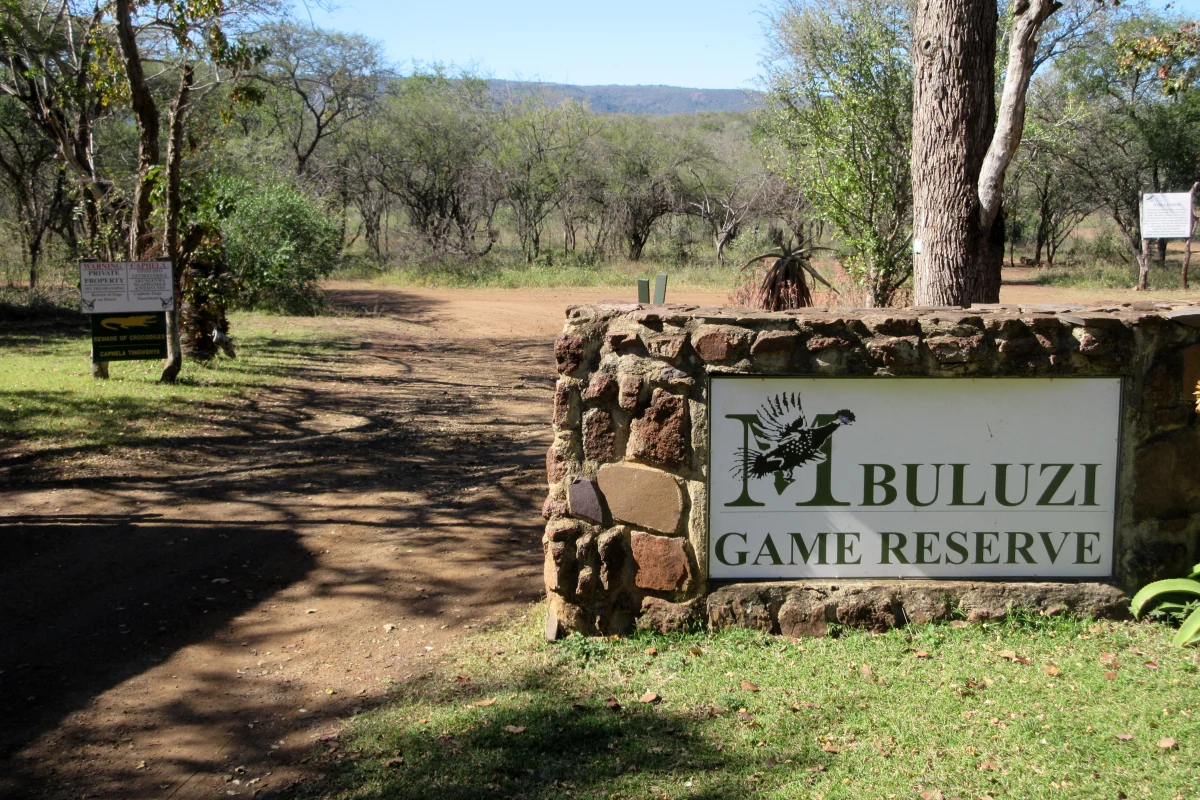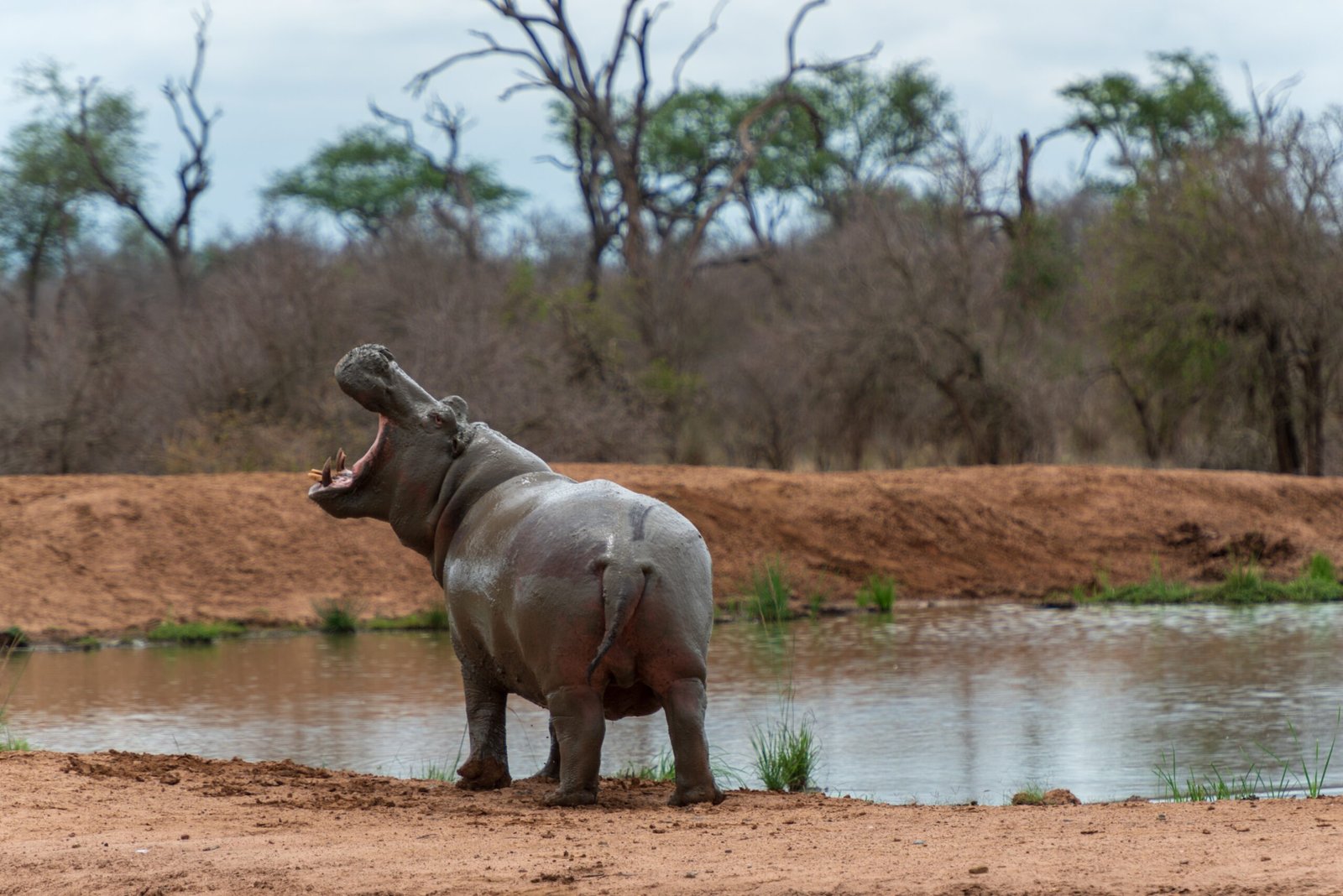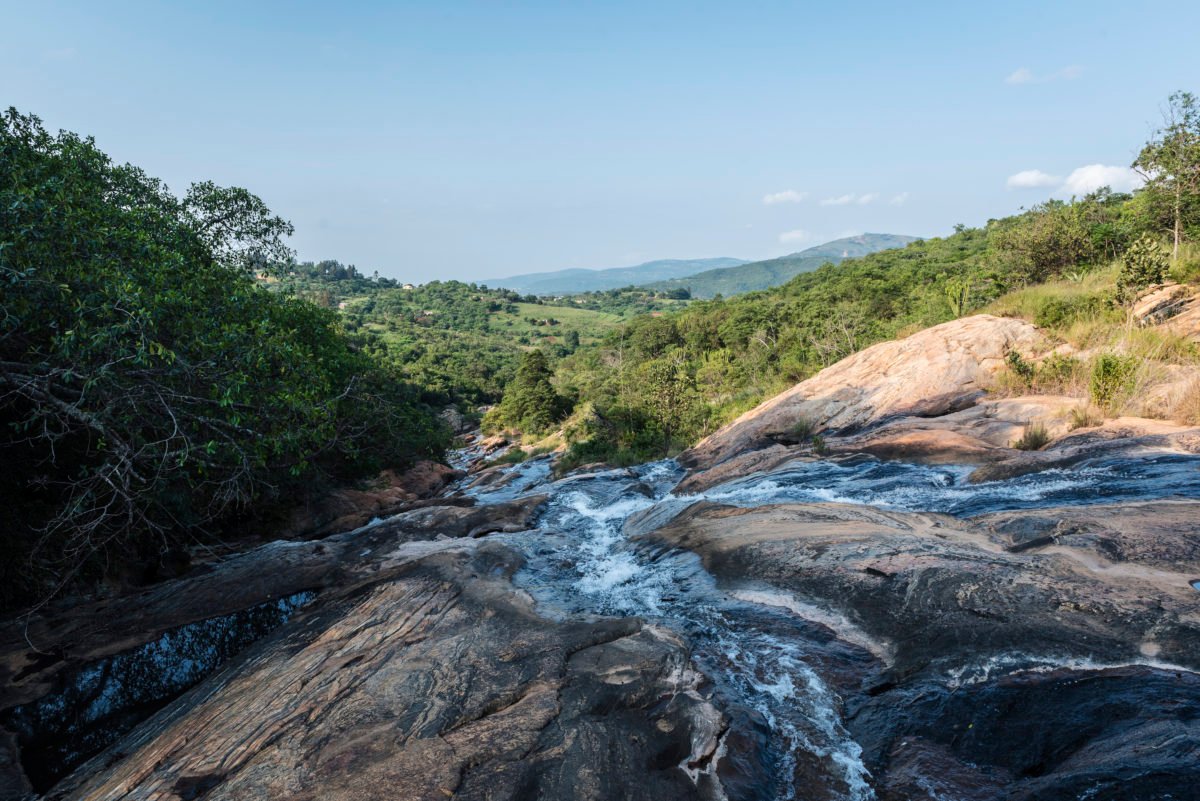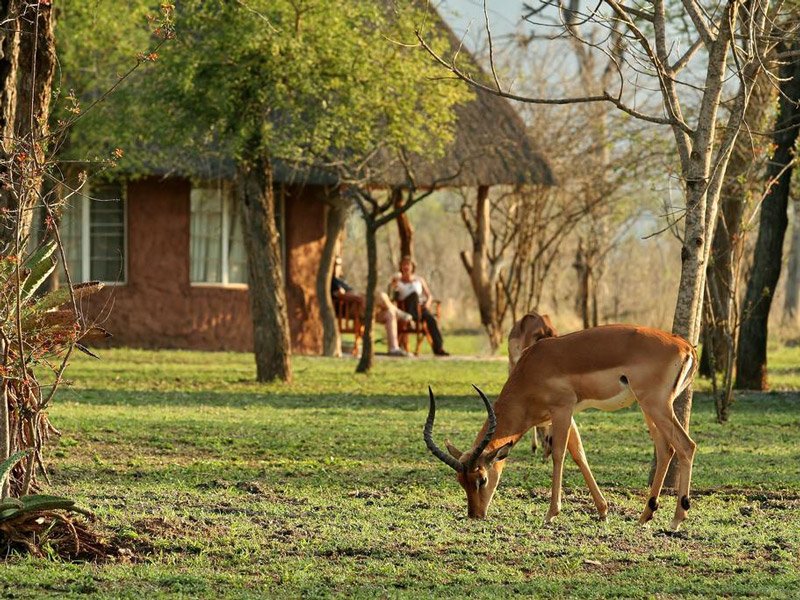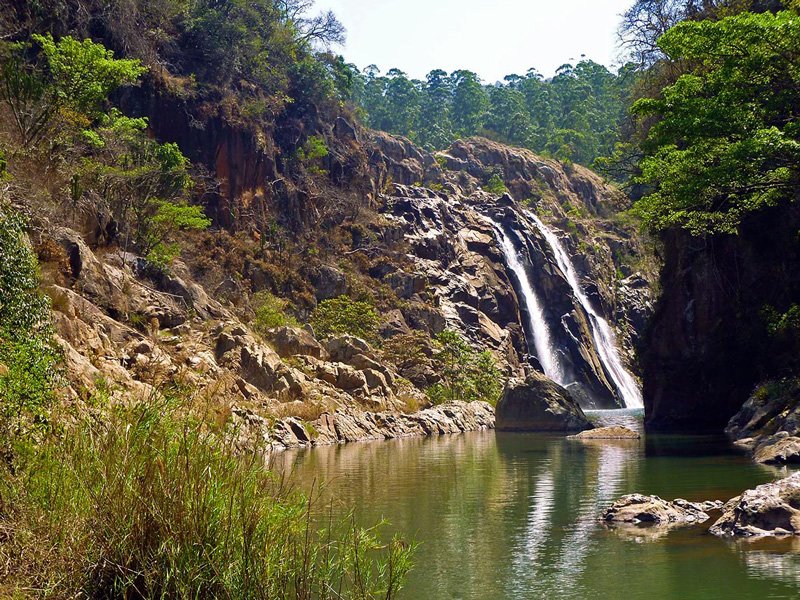"Malolotja Nature Reserve: Eswatini's Sky-High Wilderness Where Eagles Soar & Rare Flowers Bloom"
Just 30km north of Mbabane along the dramatic Piggs Peak road lies Malolotja Nature Reserve – an 18,000-hectare high-altitude wonderland stretching from Ngwenya Mountain (1,829m) to the plunging Nkomati River Gorge (640m).




A Mountain Kingdom Within a Kingdom
Just 30km north of Mbabane along the dramatic Piggs Peak road lies Malolotja Nature Reserve – an 18,000-hectare high-altitude wonderland stretching from Ngwenya Mountain (1,829m) to the plunging Nkomati River Gorge (640m). This UNESCO-listed reserve protects Eswatini’s most pristine highveld ecosystems, where misty grasslands meet ancient quartzite cliffs.
Feathered Jewels of the Highlands
Malolotja is Southern Africa’s most important montane bird sanctuary, sheltering:
-
12 globally threatened species including the Blue Swallow (fewer than 1,500 remain worldwide)
-
Rare endemics like the Buff-streaked Chat and Gurney’s Sugarbird
-
Spectacular breeders: Southern Bald Ibis colonies on the Malolotja Falls cliffs
-
Migratory marvels: Over 50 seasonal species including the Narina Trogon
Botanical Treasure Chest
The reserve is a living museum of rare flora:
-
6 protea species including the Malolotja Pincushion found nowhere else
-
400+ flowering plants with 23 orchid species
-
Ancient cycad forests dating to dinosaur times
-
Medicinal plants used by Sangomas for centuries
Adventure in the Clouds
-
Multi-day hiking trails through 5 distinct vegetation zones
-
The legendary Malolotja Canopy Tour – Africa’s highest zip-line over waterfalls
-
Rock art sites with 2,000-year-old San paintings
-
Photography hides at strategic wildlife viewing points
Conservation Crown Jewel
Malolotja safeguards:
-
The headwaters of 3 major rivers
-
Critical habitat for endangered species
-
Swaziland’s last undisturbed highveld grasslands
Visitor Essentials:
-
Open: Winter (6am-6pm) / Summer (6:30am-6:30pm)
-
Entrance: E80 adults, E40 children (self-drive)
-
Pack: All supplies – no shops in reserve
-
Stay: Rustic cabins or wilderness camping
Pro Tip: Visit October-November when the proteas bloom and migrant birds arrive. The Logwaja Trail offers the best sunrise views over the Nkomati Valley.
Explore The Kingdom of Eswatini Tourist Attractions

Trade & Investment Pages
Address
Al-Siddeeq, Block 3, Street 310, Villa 294, Kuwait.
Call Us
Tel: +965 2523 8277 / 2521 8771
Fax: +965 2521 8779
kuwaitcity.eswatiniembassy@gov.sz




